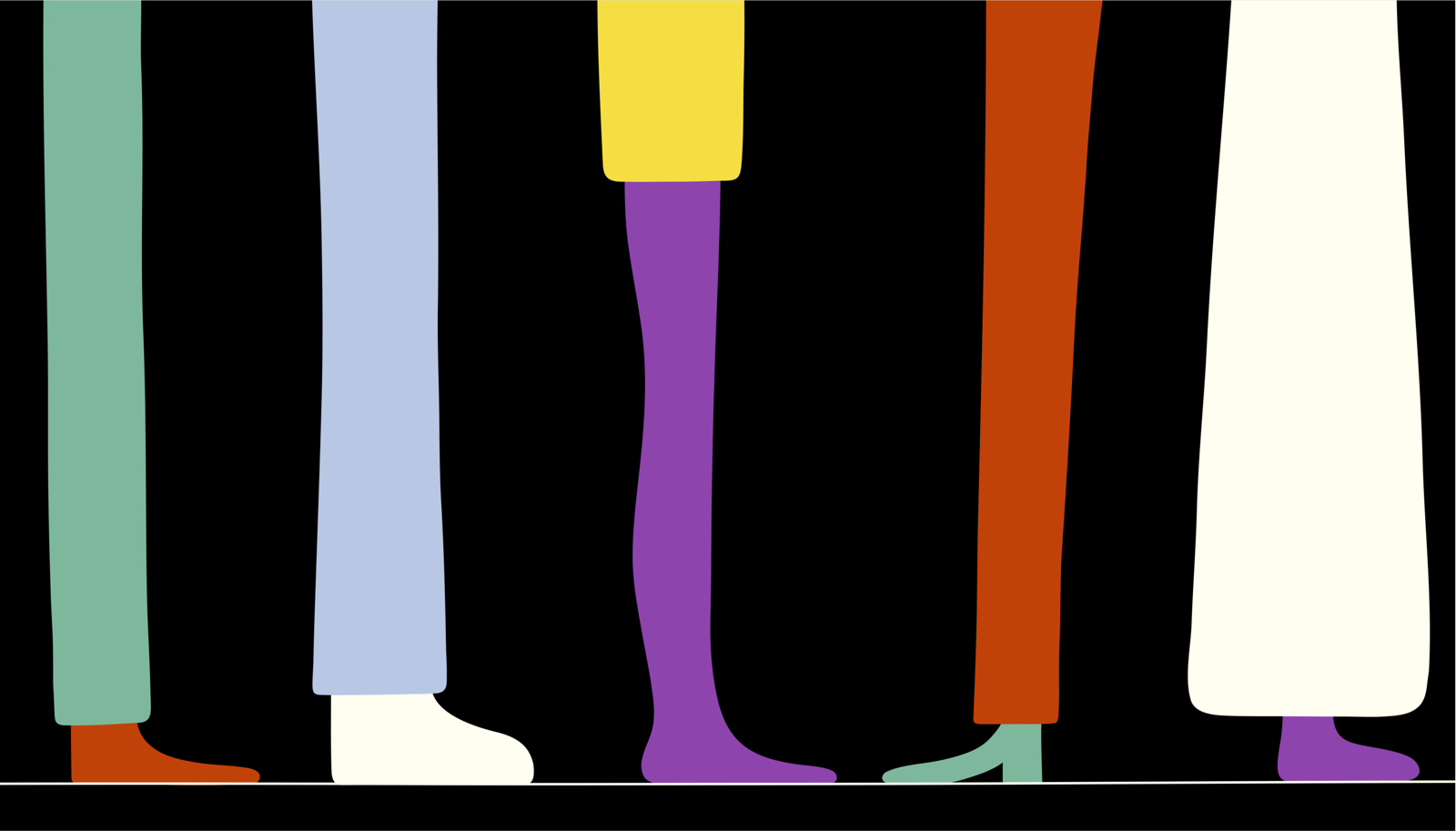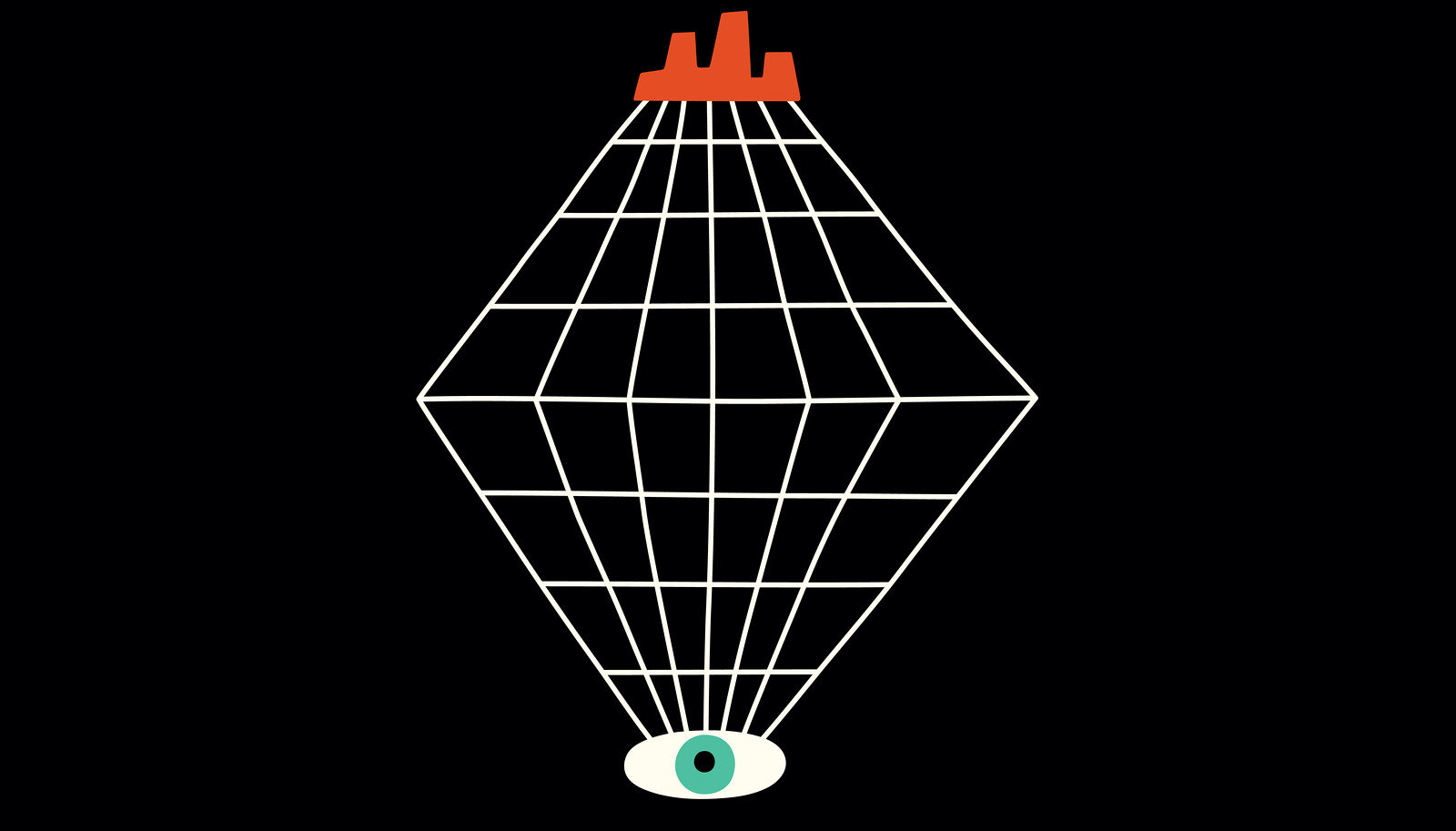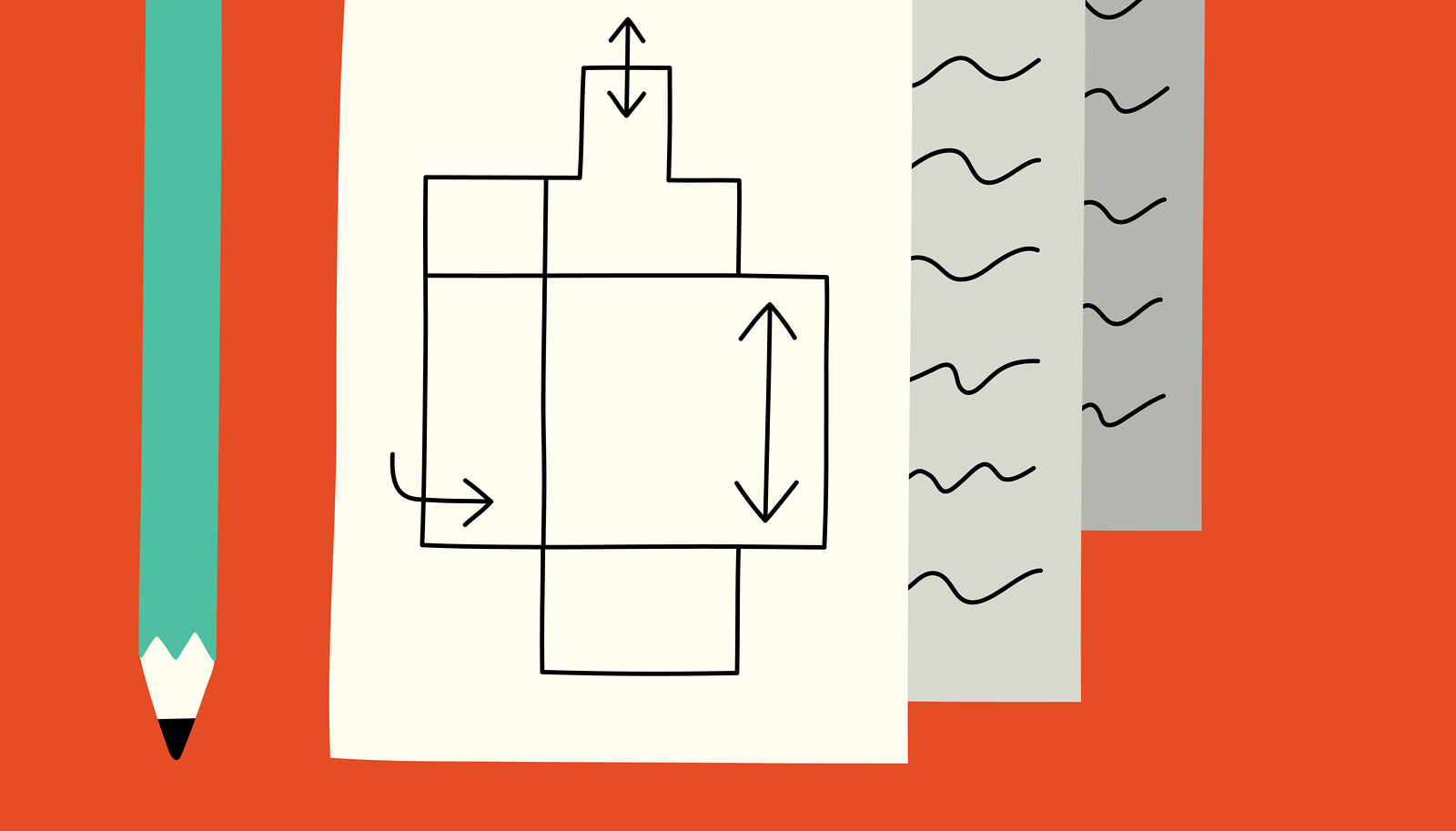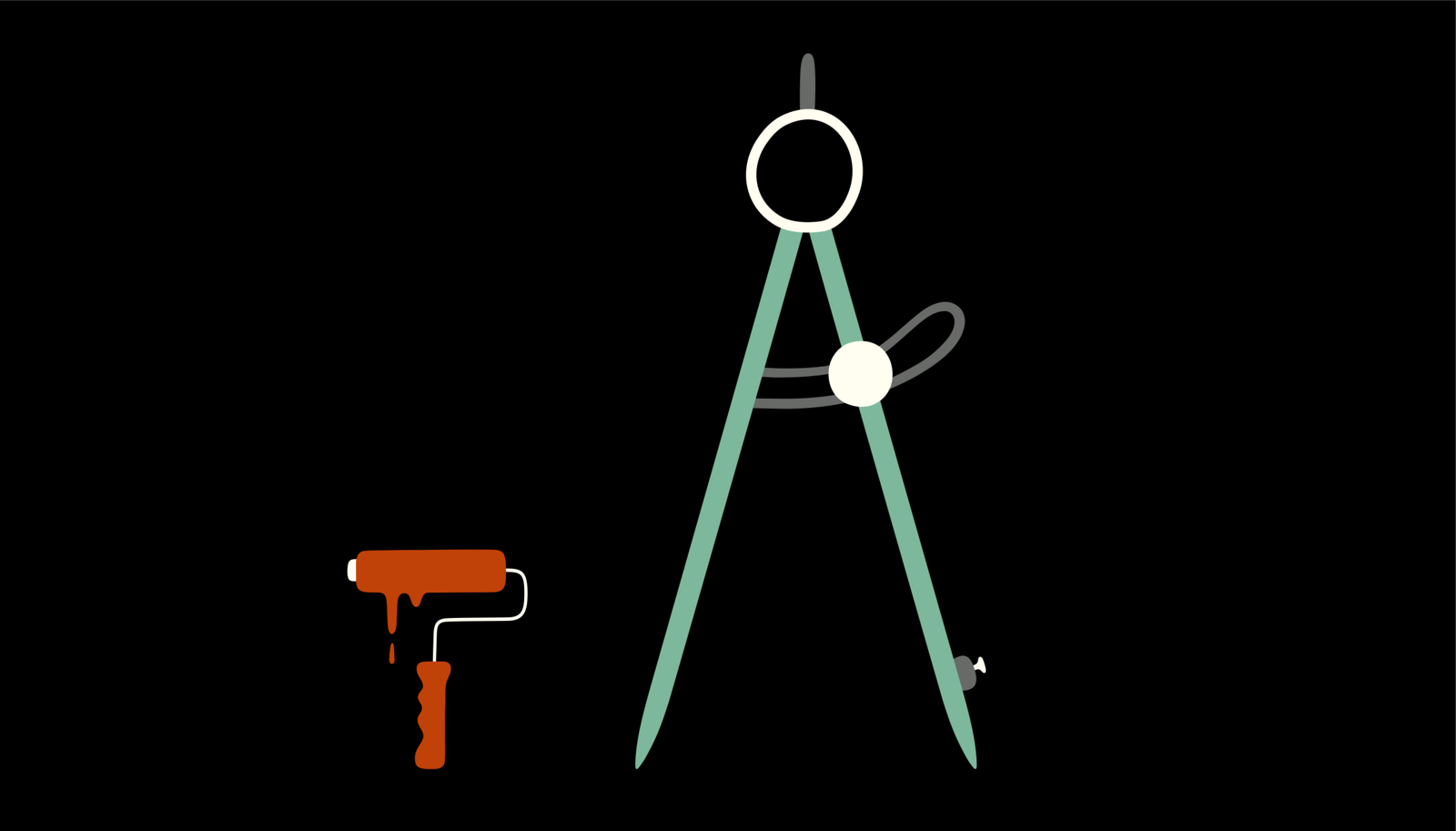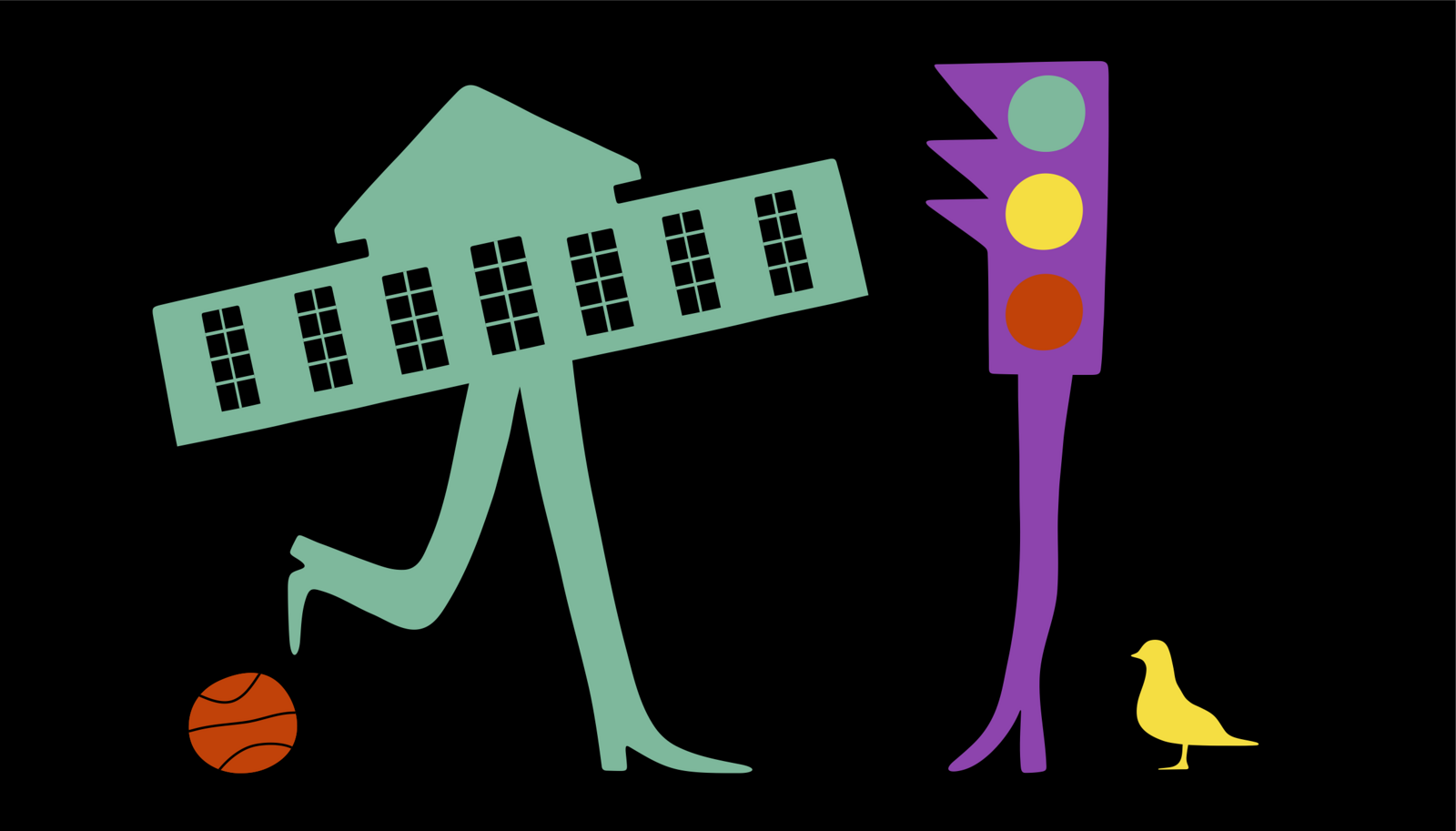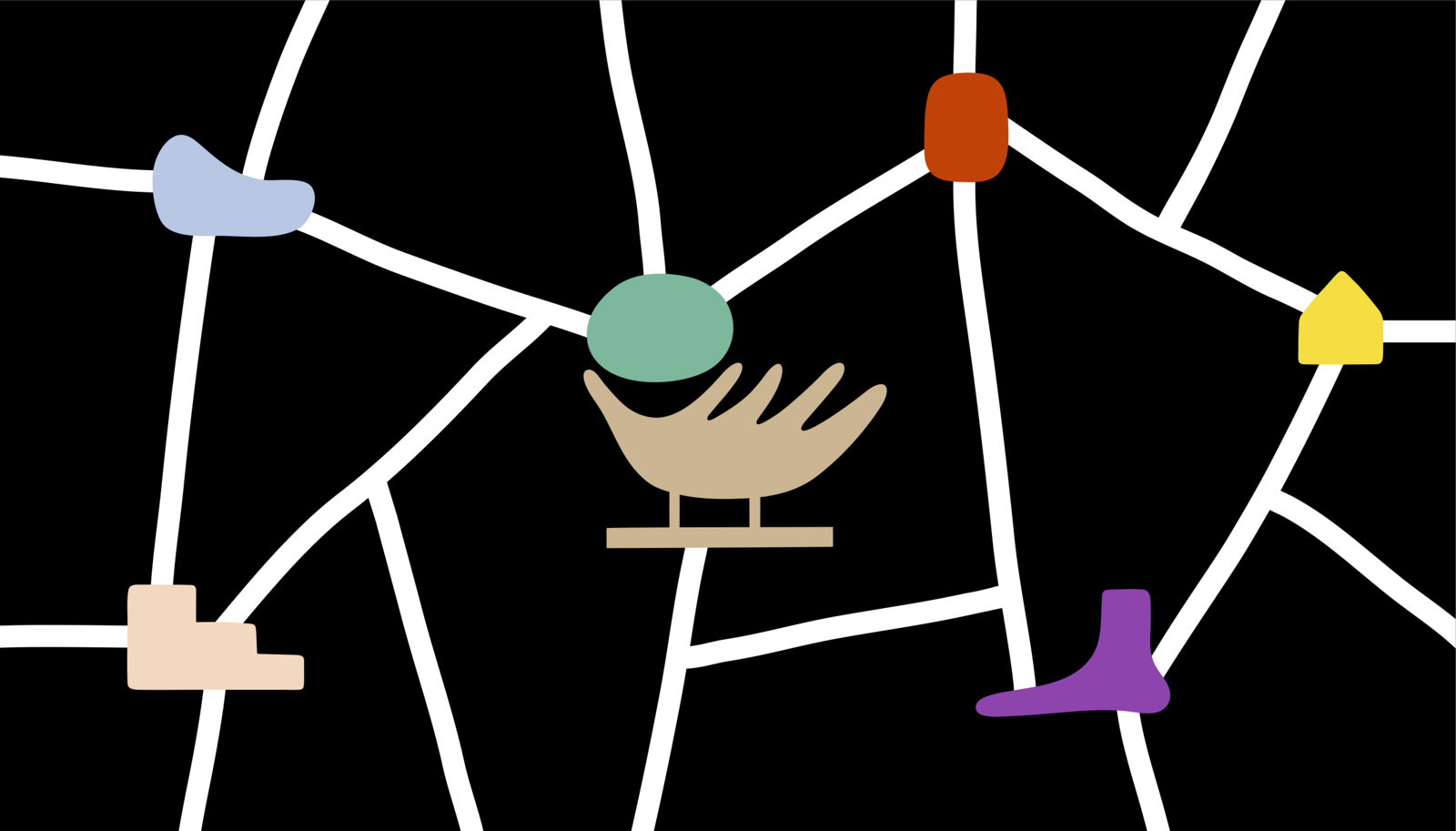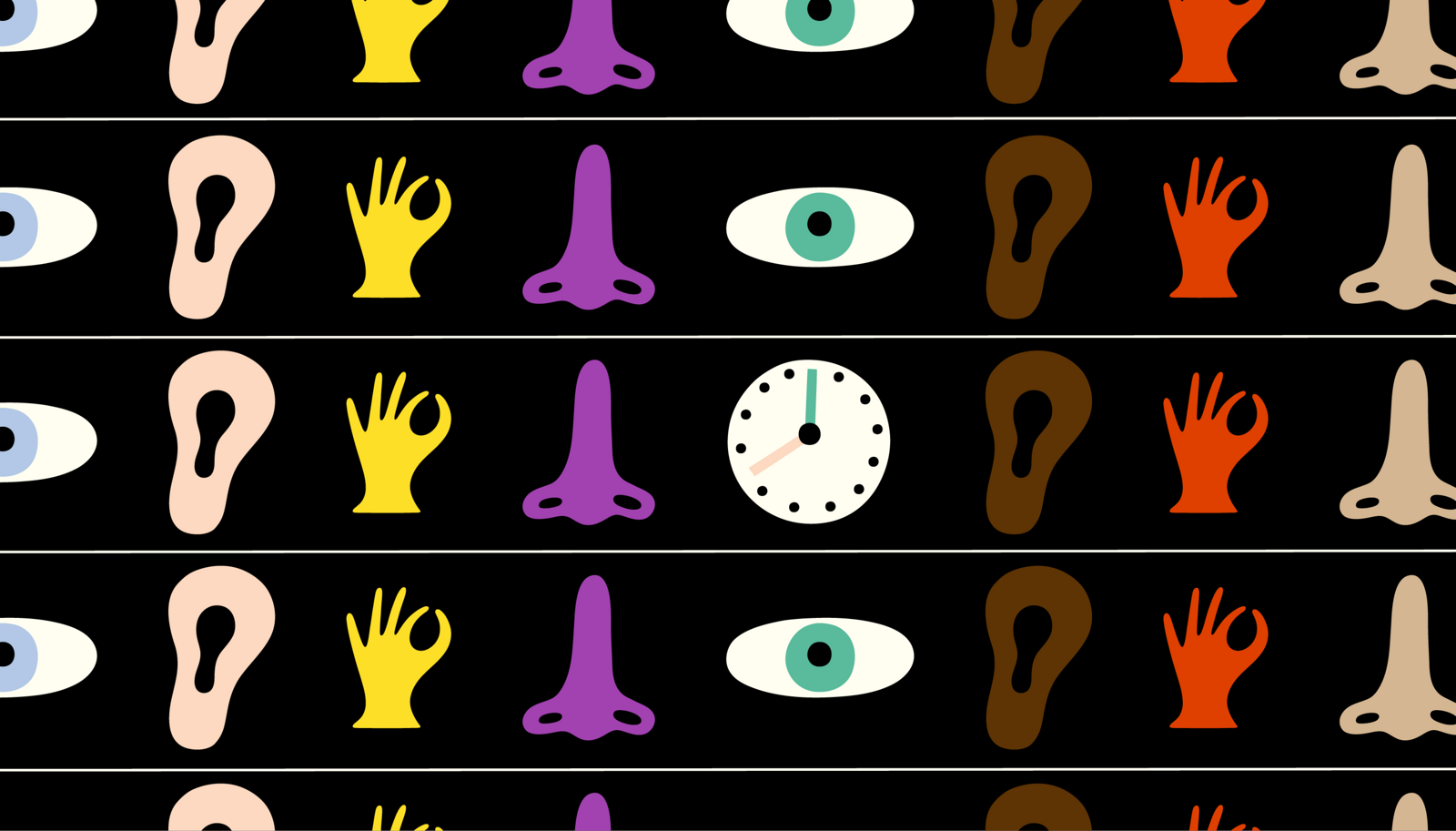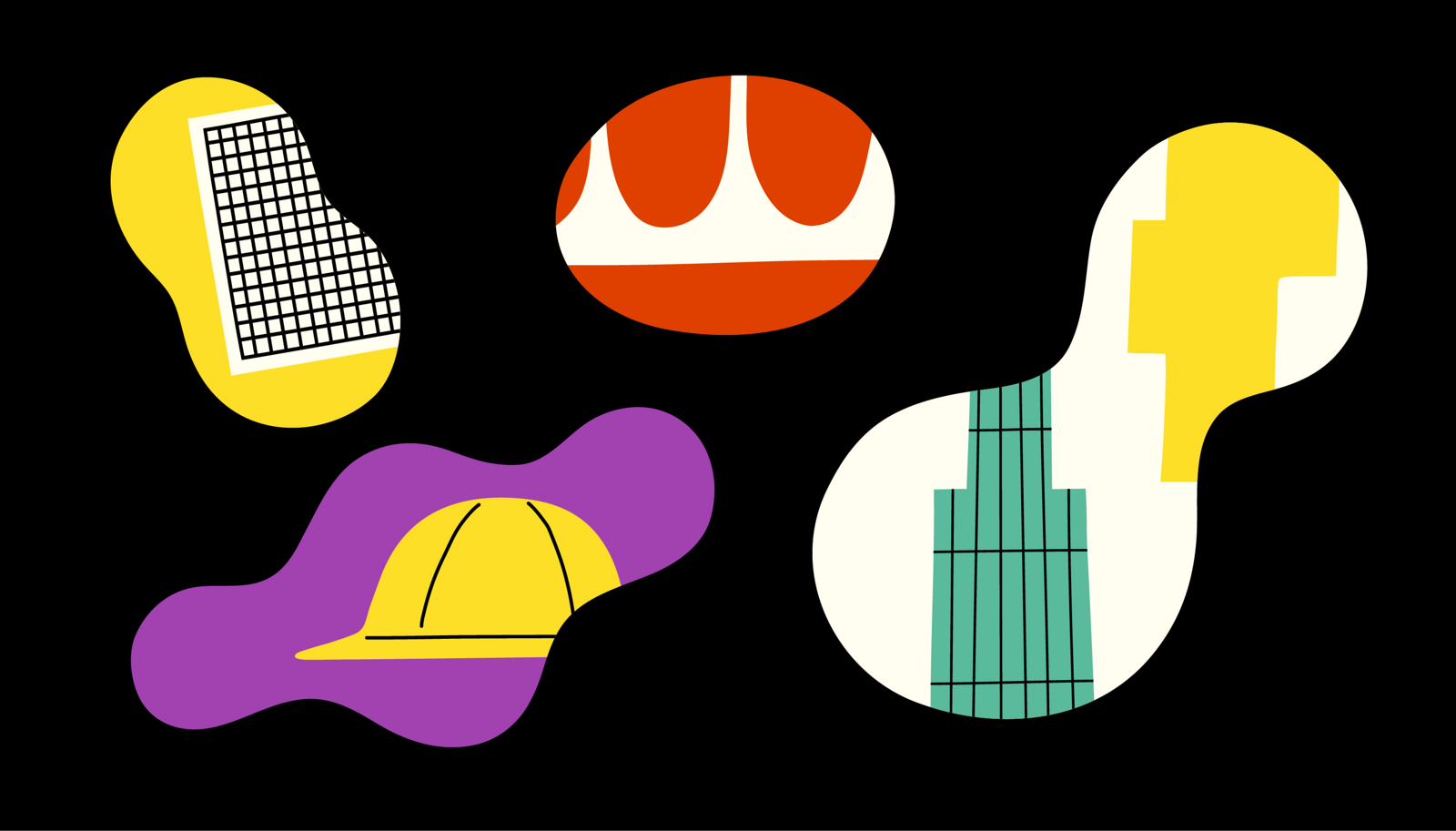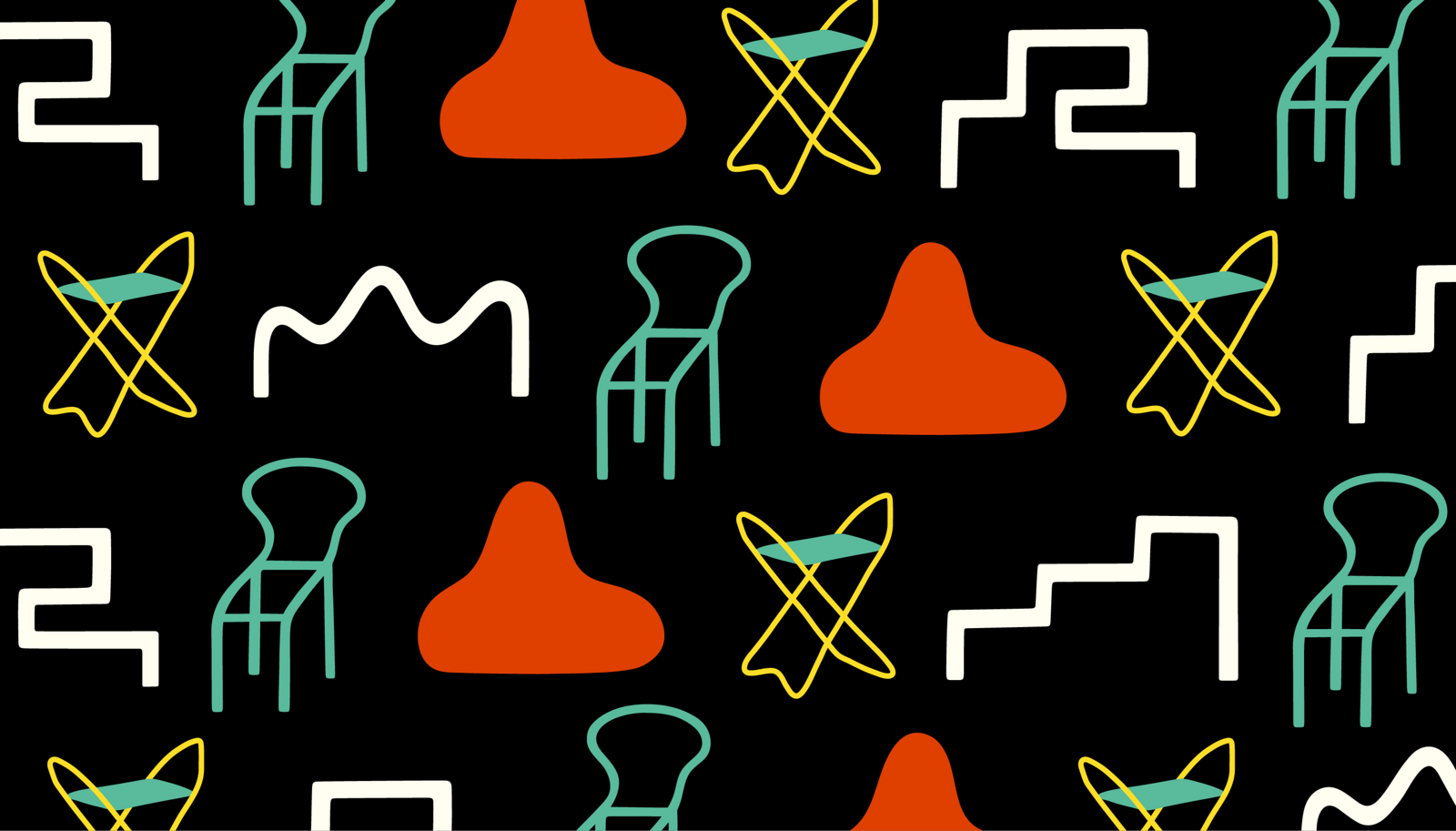Western cultural institutions like the museum often presuppose an orderly spacing of time. The queue, in this sense, is anticipatory, but almost always with the assumption that an expectation can and will be met, that one will be admitted. But speaking from the diaspora and the African continent, from the position that we may always already be out of time, the queue might mean something quite different. This question of the queue and of—endlessly—waiting ones turn raises questions about the status of normative cultural institutions on the African continent and in the global diaspora. What role can cultural production and cultural institutions, like the museum, play in anchoring people’s experiences in time? How do they productively negotiate the disjuncture between institutional practices inherited from white settler epistemologies and black temporalities?
Queuing is one of the dominant images associated with the spatialization of bureaucratic power. The queue serves as a reminder of a certain administrative logic (and failure), and also of a certain belatedness and delay, which sheds light on how power relations, forms of knowledge and subjectivities are constructed and reified.1 The duration of this belatedness, of (indefinitely) waiting one’s turn, is mapped onto racialized and gendered subjects and geographies.2 As a “temporal map,” the queue sets out expectations about the practice of standing in line, that one is being taken into consideration for admission, and so one must wait one’s turn. The figure of the immigrant, the refugee, the marginalized and racialized emphasizes a socio-temporal order in which there is both a real and an imaginary symbolic queue.3 Further, the distribution of waiting coincides with the distribution of power: there are those who wait and those who are waited for.4 Waiting is one of the permanent effects of the distribution of power, because waiting is a form of submission that is assigned to Black people, the poor and subaltern, the weak, the undocumented immigrant, the refugee and to women and sexual others.
This temporal scheme is embedded within prevailing expectations of who should be next. As such, the displaced person, the one who waits, stands in as a sign of “bad timing,” in the orderliness of everyday rhythms, as well as the wish to restore and fix potential irregularities.5 The queue defines collective temporal boundaries and the orderly arrangements for synchronization in everyday life—fixed forms of temporal organization that are sequential and synchronized, and that create and maintains hierarchical relations within the matrix of power between those who wait, those for whom others must wait, and those who wait without end. The queue is a miniature social system of shared behavioral norms. It has the tacit hierarchy of a temporal order that reinforces the explicit and implicit inclusion.6
This form of waiting, according to Pierre Bourdieu, is an exercise of power that plays a significant role in shaping compliant subjects in everyday life, within disciplinary temporal regimes that differentiate between the waiting and the non-waiting.7 The extended imposition of waiting, of being delayed, of being held back, pushes people outside the regulated, normative, modernist temporal schedules and boundaries that structure social life.8 To wait one’s turn—which may or may never come—is to be at the mercy of time. In conditions of prolonged waiting and delay, the waiting individual may have feelings of powerlessness and vulnerability, because, as Achille Mbembe and Janet Roitman argue, there is a lack of correspondence between the practices of everyday life and the indeterminacy produced by constant flux—or crisis. In turn, this creates an absence of shared imaginaries that have a material basis and collective understandings to which people refer in order to make sense of their lives.9
One of the spatial forms that waiting takes is the queue. The Merriman Webster Dictionary suggests that the queue was first recorded in the early eighteenth century.10 The etymology of the word, cue, is rooted in old French, meaning “tail” or a mass of people organized to resemble a tail, or snake. This convergence of the line and the tail is where the animality of the queue assumes its symbolic power.11 In her discussion of photojournalism and the aerial view to illustrate catastrophe in natural and man-made landscapes, Anna Badkhen notes the objectification of refugees in lines at the Moira Camp in Greece, and citing Teju Cole’s remark that: “they [refugees] are waiting to be allowed to be human… or waiting for a war to end.”12
This form of waiting implies a particular orientation in time. Its constricted direction towards the future forecloses the present. The immediacy of the world “slips away without vitality or creative force… whose only meaning lies in the future—in the arrival or non-arrival of the object of waiting.”13 At times, when waiting is a permanent condition, when people are kept waiting interminably, when waiting is filled with dread, the experience of prolonged liminality and uncertainty assumes a punitive form of disciplinary temporal power, or what Ta-Nehisi Coates, Saidiya Hartman, and Brittney Cooper describes as theft, or robbery.
However, black temporalities are also promiscuous, precisely because the delay locates one in a liminal state of being, which violates expected temporal boundaries.14 This queering of everyday practices is explored by Saidiya Hartman, who argues that gender non-conformity of the black community in the United States, was rooted in black women’s labor. This community was characterized by its elasticity, “extended modes of kinship, its queer domesticity, promiscuous sociality and loose intimacy, and its serial and fluid conjugal relations.”15 This form of temporal transgression, of “being out of time,” creates a shift in spatial and temporal coordinates that repeatedly disrupt linear time.16 It holds open the possibility for a re-organization or manipulation of time and the enactment of diverse futures in the immediate present.17 Far more than relentless presentism, of merely being squeezed between two receding horizons (the past and the future) in the “immediate time,” black-time actually intensifies a deep sense of presence and the future simultaneously.18 This temporality, this state of temporal suspension, can be stretched and twisted to accommodate both imaginative failures and utopian moments that are enabled by desire.19
In her analysis of the “racial politics of time,” Brittney Cooper argues that theft enables those in authority to control Black people through their time.20 This disciplinary temporality, a metaphorical queue, allows dominant forces in white dominated and settler societies to determine the pace of social transformation and the extent of inclusion. Cooper, alongside many other theorists, argues against the racist view that Black people occupy space asynchronously; an argument that is often used to legitimize extreme forms of violence. This contestation between those who are and are not deemed to occupy space, and those who control time, instantiates ongoing processes of racialized dispossession, economic displacement, evictions, fragmented, extractive infrastructures, decay, social abandonment, and other forms of spatial violence like excessive policing, white flight, slum clearance, and gentrification. Black people according to Cooper, have “always been out of time.” Or, conversely, time (and “progress”) is used as a disciplinary mechanism to justify their removal from space and the collective imagination of who belongs where.
But the queue might also have exuberant and reparative gestures, ones that emerge in response to the disintegration of the colonial historical narrative and foreclosure of white settler futures. The liminal time of the queue and refusal of disciplinary and normalizing mechanisms of power produces a state of “radical unknowability, indeterminacy and unintelligibility.”21 Black-time as liminal, non-linear time has the potential to unsettle clear hierarchies and neat binary oppositions in which one modality of being is expected to transform into another.22 The black temporality of the queue, not unlike queer temporality, carries ludic and liberatory traits that generates new forms of art and subjectivity.23 Thus, the queue also gives rise to “line specialists” or “line tactics,” non-normative temporalities, confused/opaque identities in order to avoid asymmetrical power relations and “harmful ideological interpellation.”24
Artists and curators on the African continent and the global diaspora have reanimated stagnation in an attempt to internalize the phenomenology of the queue: as an amalgam of voices, unexpected intimacies, disembodied sounds, truncated encounters, and fragments of conversation. In these stagings, time is stretched, distorted in movements of scaled duration, while the present moment is suspended and mined for potentiality—for its very incompleteness. Beyond the tropes of “gray masses suffering immobilization and a loss of belief … in a state of stagnation marked by a stalled, presentism, or even disfigured temporality,” these temporalities reactivate hope through a reconceptualization of stagnation as a “libidinally saturated and magical temporal order.”25
Waiting is also gendered, as can be seen in the struggles of unmarried women against heteronormative temporal ideologies.26 Kinneret Lahad laments: “it is unclear whether or not the queue can be beaten and whether there is any potential for queue jumping, queue-drifting, or leaving the queue altogether—non-waiting, un-waiting? To not have to stand in line anymore.”27 These notions of being out of time, of queue jumping and queue drifting, find space through curatorial practices that are rooted in re-routing the resources of space and time to those populations that are often overlooked, delayed, held back, or excluded from the normative publics of the museum. This re-routing gives rise to new imaginaries of how institutions might expand the creative potential of the queue and its opportunities for surprising intimacies, for situational loyalties created by the incongruity between social practice and signification for those who have been unhomed within and into the cities in which they seek refuge.
The queue is thus not so much timeless as it is temporarily elastic; a suspension that nonetheless moves and transforms. With the line as organism—an embodied, pulsating, shape-shifting entity that undulates—identity loses its certainty, and reality loses its hold.28 This radical instability of the line—as a structuring mechanism for the distribution of waiting—can move in several different directions at once—towards creative pursuit or the mob, towards protest or inertia. Whereas Mbembe and Roitman identify laughter and derision as a mask that places distance between the subject and crisis, the ludic capacities of the queue also presses the limits of bureaucracy as it calls for new ways of bypassing gatekeepers, disciplinary temporal orders, and creating networks for not having to stand in line at all.
To speak about these issues, I sat down (virtually) with two cultural producers, Molemo Moiloa and Lynhan Balatbat-Helbock, whose own procedures, assumptions, and processes for orchestrating diverse encounters amongst art publics often elide, subvert, traverse, and “make do.” They “make life” with and against the concrete realities of fragmented, under-resourced cultural infrastructures and spaces across many parts of their cities, the continent, and sometimes, the global diaspora.
Mpho Matsipa I’ve been thinking a lot about how fragmented formal cultural infrastructures are on the continent, and locally in South Africa. Over the past few years, I’ve been inspired by curators like the late Bisi Silva in Lagos, who used diverse forms of curatorial practice to experiment with and negotiate the vast gaps between diverse, underserved publics and cultural institutions like the university, the art gallery, the museum and the city. How important is a permanent physical space for you? Molemo, Lynhan, maybe a way to start answering this question is to ask about the spaces where you both work, and the kinds of encounters they enable?
Lynhan Balatbat-Helbock At SAVVY Contemporary, we’re about to move into our fourth space, which is about 1,000 m². Our last space was 400 m², and was in the grounds of an old crematorium. It was incredibly humid; some art pieces got even destroyed because of that, and it’s certainly bad for your lungs. We first thought if it was ethical to move to a new space moneywise, because with the increase in yearly rent brought about by our new space we could have run other projects in many satellite spaces. But since we have also communal work, educational programs, etc., we need spaces for the community as well, not only for exhibitions. We are very happy and lucky here. We are on street level, and people walk in randomly, asking things like if they can learn German here, or if we have a library, or just what is this? People really occupy the space as theirs.
Molemo Moiloa Up until relatively recently, I led a non-profit here in Johannesburg, VANSA. We had an exhibition space as part of our office space that we were in at the time, but it also shifted over time and we ended up moving towards not having a physical space at all, partly for financial reasons. But also because, different to SAVVY, we were not really a community space. Our community was national and very disparate, and not necessarily even people that liked each other much. So being non-physical made a lot more sense for us. We were also a membership-based organization, so working with our various members (organizations, practitioners, independent art spaces, museums, commercial galleries) made a lot of sense, and in different kinds of spaces depending on the type of projects. One projects, called That’i Cover Okestra, entailed bringing different kinds of musicians and creative practitioners together a bar in Soweto, which was run by a jazz enthusiast. Bringing these people into that space all together where they wouldn’t otherwise usually be was really incredible. And Keleketla! was super sceptical of Soweto as well, which I thought was kind of fascinating but the matching turned out brilliantly.
MpM Molemo, what was the value for you of not having an architecture?
MoM One of the main things that made us let go of that space was the politics of engaging with landlords. But we weren’t really a gallery space. We often shared it with people; people came to us and arranged programming there. But there was actually quite a lot of weight and guilt about having so much space, about not using the space we had well knowing how so many practitioners needed space. And when we did do things, we often did them elsewhere. For a few years we did this educational program called the Winter School, which was held in a local restaurant downtown called Oduduwa that served a combination of West African food. They mostly fed workers during the day, and then were closed at night, so they would open for us at night. A lot of people came more for the food then for the school. In those kinds of spaces, the architecture brings so much to the practice. Being in that space made the school so much better than it would have been anywhere else. It was also a really ugly space, but the food was amazing. At some point it became more like a spaza (convenience) shop, which completely shifted the way we imagined the education program. You can’t replicate that by faking a spaza shop in a gallery space. Just like the bar in Soweto, space came with all these layers of meaning, which became a part of the work we did.
MpM It is interesting how you have this roving practice that engages with these architectures that are distributed and embedded with meaning, which each have their own networks that you then latch onto, superimpose, layer, and produce different sets of conversations. But then there is a space like SAVVY who, in its relocation, has had a very intimate relationship with real estate and architecture. It seems to me, Lynhan, that in your practice there is an ongoing interrogation of architecture at many scales, from the detailing of a bookshelf to the layout of an exhibition, the design of a kitchen, climate control, and beyond. What do you think the meaning of architecture is, or has been, for SAVVY?
LBH Well, due to a lack of funds, we couldn’t build an entire new building the way we wanted it. We had to work with what was given, what we could afford, and then make it cozy. For SAVVY, this is the outcome of many bodies that bring their individual necessities. If it was up to me, the kitchen would be as cheap as possible, because I grew up like that, with scarcity. But Bonaventure Soh Bejeng Ndikung was convinced we could have someone build us our kitchen. And we did; we found someone whose hobby is building kitchens. It was also so nice to have a connection to the material. We oiled the surfaces together, we sanded… I would say we didn’t focus on architecture per se. The building itself is fantastic. We have lots of storefront windows, which allow not only us to not only gaze outside, but to have people gaze in, for people to be invited, to be part of something that should naturally belong to them.
MpM A lot of that relates to question of where are the bodies? One of my own ambivalences towards the museum as a cultural institution in South Africa, for example, is that very often when I go to public museum spaces, they are mostly empty. And yet there is a huge appetite for cultural production, both in Berlin and in Johannesburg. How do you both think about questions of audience and gathering in your practice?
MoM Unless it is the Louvre or a blockbuster show, European museums also don’t often feel very full either. I think a lot of that sense of emptiness is also because outside, it is really full. Like the Johannesburg Art Gallery (JAG): part of the reason that it feels super empty is because it is packed on the street outside the museum. This is also tied to the idea that public spaces in African cities are spaces of bodies. When you say where are the bodies, you are expecting pluralities en masse. But empty public spaces in Joburg are not safe spaces. I think it’s a really interesting and important question, what we want African museums to feel like? When I mentioned the examples above, of the That’i Cover Okestra program, or Oduduwa Winter School, I was describing them in the way they are used, the way they are occupied, the way they feel, rather than as architectures. Their architecture is very much related to the people and the activities taking place within them. Maybe that’s why we feel like South African museums are so, too empty. Together with my collaborator Nare Mokgotho as part of the artists collaborative MADEYOULOOK, I did a garden project, Ejaradini, within the courtyard of JAG. When we were working on the garden, we realized that there are kids at JAG every day. They come after school and they just hang around, take selfies, walk around the halls. There is supposed to be a whole education program at JAG, but it doesn’t know, it doesn’t engage with these children. This experience made me realize that I often talk about JAG as being like no one is there, but actually people are around. They might not be there for the reasons that you might expect of them, but there are other reasons. But so maybe it is the kind of interaction that feels empty more than the actual presence of bodies. Nare and I used to be really interested in having crowds when we organize and give talks; that was how we thought we knew the talk was interesting. But now we are much more interested in having maybe ten people; a nice number to sit in a more intimate circle. Of course, Covid shifted a lot of this, but that kind of intimacy and the relationship that comes about is not necessarily about numbers. It can happen in numbers—which is why I think that That’i Cover Okestra was amazing, because it was really intimate even though they were quite a lot of people. But it’s that intimacy, that knowledge building that Lynhan is speaking about that is only possible when you bring people together allow people to engage with each other—that is the emptiness we feel in African museums.
MpM That’s a very interesting reading. The museum has a very particular form; it has its own genealogy, which has its own built-in expectations about the relationship between the audience and what is on display. Even the idea of things being on display as the primary function of the museum; the museum as this collecting machine that puts things on display that are supposed to elevate, educate, produce a kind of public, But there are different perceptions of publics, or even sociability that is possible. It isn’t even uniquely African, but I do think it is something that I feel quite acutely. When I was a masters student at University of Cape Town, I spent the better part of a year visiting shebeens around the city. I wasn’t interested in the “piazza” or the “square” as the architectural or formal expression of public spaces. Rather, I sought out the layering of functions and bodies, and a certain type of propinquity and density of encounter that produces orality, exchange, and music. I think about these spaces a lot, like the shebeen, but also the hair salon, as these sites where culture is produced that are often neglected. There is a mismatch between the demands we have of culture and the places we look for those to be fulfilled.
LBH When I think about audience I think about questions of accessibility, like who can pay for the transport and entrance fee. But accessibility isn’t just about socioeconomics; there’s something deeper to this absence or emptiness. Museums are designed to impress people, to say “look at this, we have this,” but why should you be in that space and give them your attention if you feel disconnected from what they are showing, or feel like everything in there is not acknowledging your presence? With regards to architecture, in the introduction to the Philosophical Backdoor, Backstep by Bieshed, he reflects on how beautiful entrances to house can be intimidating, and how the back door is always the shortcut, where you feel comfortable and where you can immediately access something. I think people feel this with museums. Thankfully, SAVVY is not a museum, and we don’t have all this bullshit. But we do have a space. So what type of space are we? If I was the space, and I talk of this space, I would think of myself as a house. And if you invite someone into your house, you need to offer something. You offer something to drink, something to eat; you are kind to people, you say hello, come in, how are you, sit down, what is the gossip. You create an environment of hospitality, and in museums that is very absent. Everything is for free at SAVVY; there’s no entrance fee. We also offer free childcare, because to do a program about feminism while not allowing for bodies who are occupied by caring for other bodies to attend is neglectful. We also offer food. We always have a buffet at our openings, and it is a mess. We have hundreds of people coming, some just for the food. I get so mad because of the logistics and the waste, but then Lema, another member of the team, would say “no Lynhan, we are not those kinds of people. We offer food. Like in the village, first come first serve.” We also try to make programs with people who are not in the so-called artworld, working with local schools and the council. We are not doing a great job in all of this because we are very limited in our funds, and I think if you would be a better funded institution, you could do much better. When meeting with the Haus der Kulturen der Welt (HKW), at some point I said “excuse me, you pay six people a salary for an educational program, and you don’t offer workshops for kids during the exhibitions? What are you doing with your time?” And they were like, “Okay, we will think about that.” Not just thinking about the necessities of the bodies but actually incorporating them would make these spaces much more inviting, and perhaps less empty.
MpM The premise of this conversation was to talk about the queue, but this turned out to be a far more interesting discussion in many respects than one in which we all complain about queueing at the border or at the airport. But I know that both you have your own experiences in dealing with artists from the African continent, moving in and out of Germany, living in and out of South Africa, travelling on an African passport, or a South African passport. What are your thoughts about the queue and waiting?
LBH With regards to the queue, I can’t help but think about Palestine and Palestinians who might just need to drive twenty minutes but for whom the journey actually takes three days or so. Queues are always engineered. Like in war, when you have to queue for food, it is actually a controlled scarcity. The amount of bodies that can enter somewhere is also completely arbitrary and created in a scarce way. Then I was also thinking about education; to be in line for something and have to wait. But wait for what? There is no end to education. Education should be free. Knowledge should be free. In Austria, for example, you can become a lawyer and a doctor for free at a university, but in the United States, people go into debt for decades just to become one of those things.
MpM Yes, this idea of the queue as something that is produced out of an orchestrated scarcity somehow speaks to our own respective practices, because in some ways we are constantly negotiating precarity, constantly negotiating a scarcity of resources. But this scarcity is produced; there are other sites that are very well resourced that don’t have to queue. I used to think of it only as a temporal suspension, but it is also a deeply political one.
MoM The concept of the orchestrated scarcities is fascinating. The thing that comes to mind with this is nightclubs, where there’s this idea that the longer the queue is the better the club. But they make the queue on purpose, and once you get into the club, it’s actually empty! But the longer the queue, the more likely people are to stop and say we are going to go to that club. And you only queue for things you need; you don’t queue for things that are not precious or special or necessary. The early work of Serge Nitegeka is all about this. Nitegeka is a Burundian refugee and had to stand in crazy queue to renew his visa to South Africa at the Home Office. It’s quite a famous place down in Johannesburg, in Randburg or something, where people queue outside for this. People would queue for days. There’s no seating, so he built these tiny little stools out of wood, so that people could have somewhere to sit while they are waiting. A lot of these queues are partly created by the idea of the (administrative) system being “off-line,” which happens a lot in government queues in South Africa. It’s where people start to get bored, or they don’t want to do their jobs, or sometimes it actually is a technical issue, and they will tell you “the system is off-line,” and the queue just stops. Then they will go and have tea until the system is back online. This is a use of technology to create a falsified scarcity, but it’s also about not having to take responsibility for that scarcity. “It is not my fault the system is off-line.” The queue is a tool of power. It’s often created, even if it’s not necessary.
Kinneret Lahad, A table for one: A critical reading of singlehood, gender and time (Manchester University Press, 2017).
Saidiya Hartman, “The belly of the world: A note on Black women’s labors,” Souls 18, no. 1 (2016): 166–173. Saidiya Hartman, “Venus in Two Acts,” Small Axe 12, no. 2 (2008): 1–14.
For a detailed discussion on the temporalities of waiting for Zimbabean immigrants see: Johannes Machinya, “Migration control, temporal irregularity and waiting: Undocumented Zimbabwean migrants’ experiences of deportability in South Africa.” In: Waiting and the Temporalities of Irregular Migration, Christine M. Jacobsen, Marry-Anne Karlsen, and Shahram Khosravi, eds. (Routledge, 2020), 96–112.
Building on Pierre Bourdieu’s notion that waiting as a form of submission, Lahad argues that to be kept waiting is a social assertion that one’s time and social worth are of lesser value in a rigid, sequential ordering, representing and producing temporal orders. See Lahad, A table for one (2017).
Ibid., 95.
Ibid., 102.
Pierre Bourdieu, “Social Being, Time and the Sense of Existence,” Pascalian Meditations (Stanford University Press, 2000).
Ibid.
(Mbembe and Roitman, pp324) Conversely, waiting, as argued by AbdouMalique Simone, also signals a mode of being that is rooted in a notion of hope, of “eventuality.” In AbdouMalique Simone in conversation with Mpho Matsipa, “Inoperable Relations,” African Mobilities 2.0 podcast series (2020), ➝.
➝.
For a detailed discussion on world-making and the relation between racism and zoological framings of Black people that moves beyond a critique of bestialization, see: Zakiyyah Iman Jackson, Becoming human: Matter and meaning in an antiblack world (NYU Press, 2020); Zakiyyah Iman Jackson, “Losing manhood: Animality and plasticity in the (neo) slave narrative,” Qui parle: critical humanities and social sciences 25, no. 1–2 (2016): 95–136.
Anna Badkhen, “Bright Unbearable Reality. Migration as Seen from above,” The New York Review of Books (January 2, 2021), ➝.
Lahad, A table for one (2017), 104–105.
The liminal is an intermediate phase that is an important stage in rites of passage. Thus, the individual positioned in the liminal phase is not a member of a group previously belonged to, nor of the group one will—or hopes to belong to upon completion of the next rite. Positions assigned and arranged by law, custom, convention and ceremony. Ibid., 102.
Hartman, “The belly of the world,” 169.
Brittney Cooper, Beyond Respectability: The Intellectual Thought of Race Women (University of Illinois Press, 2017).
Tina M. Campt, Listening to images (Duke University Press, 2017).
Achille Mbembe and Janet Roitman, “Figures of the Subject in Times of Crisis,” Public Culture 7, no. 2 (1995): 323–352. Achille Mbembe, On the Postcolony (University of California Press, 2001). Here, Mbembe is concerned with: the time of existence and experience, the time of entanglement. Mbembe offers three postulates: 1) The time of African existence is neither linear time nor a simple sequence to the time where a single age exists within society. Thus, time is an interlocking of presents, pasts and futures – each age bearing, altering and maintaining the previous ones. 2) This time is made of disturbances, not necessarily resulting in chaos and anarchy. Instabilities, unforeseen events and oscillations do not always lead to erratic and unpredictable behaviors. 3) This time is not irreversible. all sharp breaks, sudden and abrupt outbursts of volatility, it cannot be forced into any simplistic model and calls into question the hypothesis of stability and rupture underpinning social theory, notably where the sole concern is to account for either western modernity or the failures of non-European worlds to perfectly replicate it.
Anna Fishzon, “Queue Time as Queer Time: An Occasion For Pleasure And Desire In The Brezhnev Era And Today,” The Slavic and East European Journal 61, no. 3 (2017): 542–566.
Brittney Cooper, “The Racial Politics of Time,” TED (2016), ➝.
Fishzon, “Queue Time as Queer Time,” 551.
Numerous scholars working the black radical tradition have also argued that belatedness—defined as “Colored People Time” (CPT)—might be a tactic for stealing back time from an extractive and racist society and its institutions. See: Fred Moten and Stefano Harney, “The university and the undercommons: Seven theses,” Social Text 22, no. 2 (2004): 101–115.
Mojisola Adebayo, for example, argues that Blackness, queerness, and performance are inseparable. Mojisola Adebayo, “Everything You Know About Queerness You Learnt from Blackness: The Afri-Quia Theatre of Black Dykes, Crips and Kids.” In: Queer Dramaturgies. Contemporary Performance InterActions, Alyson Campbell and Stephen Farrier, eds. (Palgrave Macmillan, 2016).
Katherine McKittrick, Demonic Grounds: Black Women and the Cartographies of Struggle (University of Minnesota Press, 2006); Porter, 2017:493. Fishzon, “Queue Time as Queer Time,” 557.
According to Anna Fishzon, Jack Halberstam describes queer temporality as a mode of time deeply invested in the present, undoing narrative and futurity indifferent to reproduction, generational inheritance and national history. Thus, queer temporality is helpful in in thinking through affects, embodiments and social relations because soviet citizens lived through profound loss and a shrunken future. The concept of “queer time” has been traced back to Jack Halberstam in relation to the “constantly diminishing future “of gay communities during the AIDS pandemic that forced an emphasis on the immediate present and an “erotics of the compressed moment” that is disarticulated from heteronormative temporalities within western capitalist societies,” Ibid., 544. According to Fishzon, “queer” can be understood as “nonnormative logics and organizations of community whose subjectivity is marked by a deviation of sense and acts that disturb dominant categories, assimilationist strategies and ideological interpellation.
Hortense Spillers, “Mama’s Baby, Papa’s Maybe: An American Grammar Book,” Black, White, and in Color: Essays on American Literature and Culture (Chicago: University of Chicago Press), 203–229; Jennifer L. Morgan, Laboring Women (University of Pennsylvania Press, 2004); Alys Weinbaum, Wayward Reproductions (Durham: Duke University Press, 2004); Alys Weinbaum, “Gendering the General Strike: W. E. B. Du Bois’s Black Reconstruction and Black Feminism’s ‘Propaganda of History’,” South Atlantic Quarterly 112 no. 3 (2013): 437–463; Neferti Tadiar, Things Fall Away (Durham: Duke University Press, 2008); Neferti Tadiar, “Life-Times of Disposability within Global Neoliberalism,” Social Text 31 no. 2 (2013): 19–48.
Lahad, A Table for One, 105.
Fishzon, “Queue Time as Queer Time,” 560.
Solicited: Proposals is a project initiated by ArkDes and e-flux Architecture.
Category
The author would like to thank ArkDes, the Andrew Mellon Grant for Mobility, Temporality, and Africa’s Future Politics, the Wits Institute for Social and Economic Research (WiSER), the School of Architecture and Planning (University of the Witwatersrand), Sabelo Mcinziba, Monica Rhodes, and Karen Dawn Blondel for their support in developing these ideas about mobility, blackness, mapping, and cultural practice.
